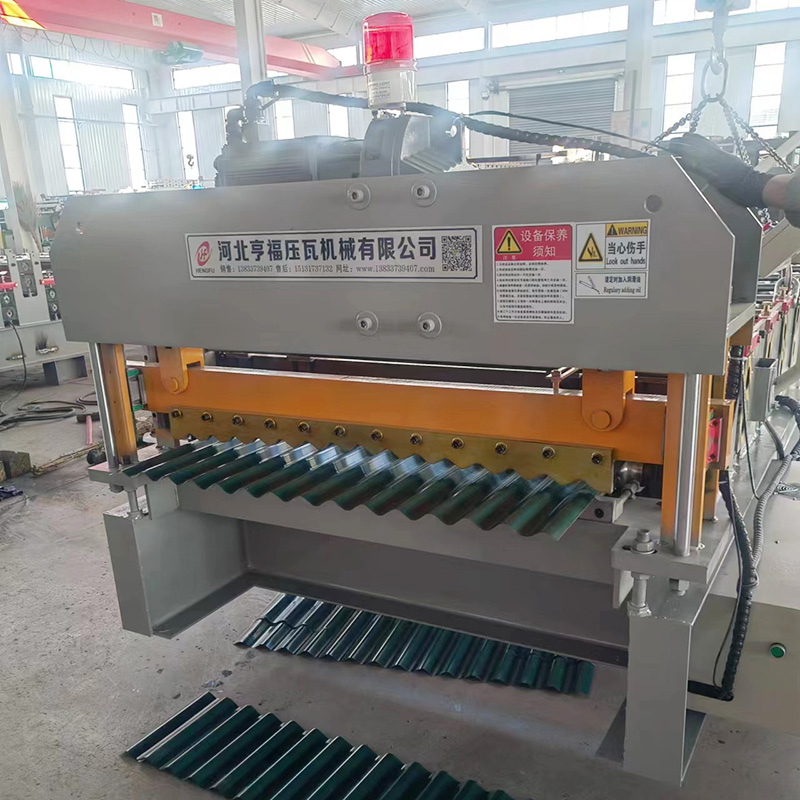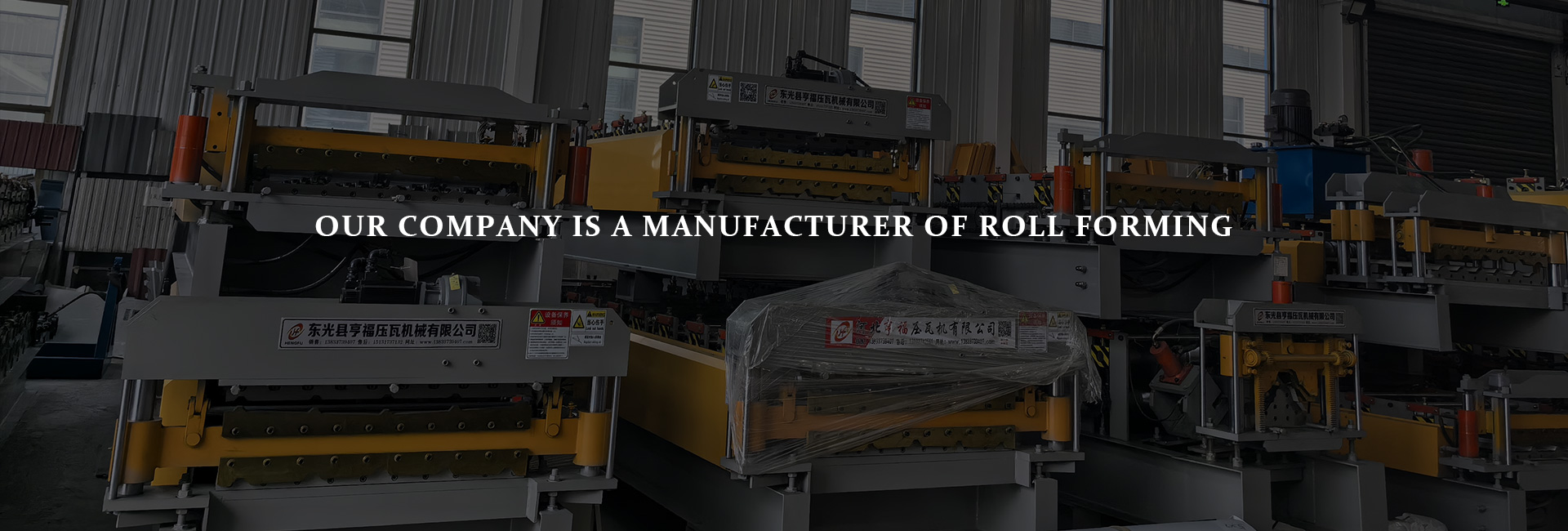Working Principles and Operation Guide of Corrugated Roll Forming
writer:Hengfu release time:2024-10-18 12:30:21 Views:160frequency
The corrugated roll forming is an indispensable piece of equipment in modern construction, widely used for producing corrugated sheets for roofing and cladding. Known for its efficiency, precision, and durability, this machine has gained widespread application in the construction industry. Understanding the working principles and operation methods of a corrugated roll forming can help builders and operators maximize the machine's potential, enhancing production efficiency. This article delves into the working principles of the corrugated roll forming and provides a detailed operation guide.

1. Working Principles of Corrugated Roll Forming
The corrugated roll forming is mainly used to form metal sheets into corrugated shapes through a roll-forming process, producing materials used in roofing and cladding. The corrugated shape not only enhances the strength of the sheet but also improves its aesthetic appeal and functionality. The working process of a corrugated roll forming consists of the following steps:
1. Feeding: The metal sheet is fed into the press using an automatic feeding system, typically using galvanized steel or color-coated steel sheets.
2. Roll Forming: The sheet passes through multiple forming rollers, gradually shaping it into corrugated patterns. The gap and pressure between each roller pair are precisely adjusted to ensure consistent wave shapes and sizes.
3. Cutting: Once the corrugated sheet is formed, the press uses an automatic cutting system to cut the sheet to the desired length, ensuring uniform length and clean edges.
4. Finished Product Output: The cut corrugated sheets are conveyed out of the machine and stacked in a designated area, awaiting packaging or transportation.
2. Operation Guide for Corrugated Roll Forming
To ensure the efficient operation and safe production of the corrugated roll forming, operators must follow strict operational guidelines. Below is a step-by-step operation guide to help users manage the equipment more effectively.
1. Pre-Start Inspection
Power Connection: Ensure that the power supply is properly connected and functioning.
Lubrication Check: Inspect the lubrication of the rollers and moving parts, adding oil where necessary to reduce wear and tear.
Material Preparation: Verify that the specifications of the metal sheets match the machine requirements and check for any damage or deformation in the sheets.
Safety Devices: Check that all safety guards are in place and functioning to protect the operators.
2. Operation Steps
Start the Machine: Follow the startup procedure by turning on the power, control system, and feeding system in sequence, ensuring that all parts are operating normally.
Set Parameters: Use the control panel to set the production parameters, such as the length of the corrugated sheets, wave size, and cutting quantity, ensuring that they meet the project requirements.
Feeding Operation: Place the sheet on the feeding system and activate the automatic feed. The sheet will be smoothly fed into the roll-forming section.
Monitor the Production Process: During production, the operator should monitor the machine to ensure that the forming and cutting processes are running smoothly and that there are no errors in the production of the corrugated sheets.
Complete Production: After reaching the set production quantity, turn off the machine and inspect the finished products for quality before stacking them.
3. Maintenance and Care
Regular Cleaning: After each production run, thoroughly clean the press to remove debris and dust from the sheets.
Scheduled Maintenance: Regularly inspect the rollers, cutting system, and electrical components, replacing any worn or damaged parts.
Lubrication Maintenance: Weekly lubrication of key parts is recommended to ensure smooth operation and prolong the machine's lifespan.
3. Advantages of Corrugated Roll Forming
High Production Efficiency: The corrugated roll forming can rapidly and continuously produce corrugated sheets, greatly improving material production efficiency.
Ease of Operation: Most modern corrugated roll forming are equipped with automated control systems, making them simple to operate and reducing the need for manual labor.
Precise Forming: The machine’s precision design ensures consistent shapes and sizes for the corrugated sheets, reducing waste and the need for rework.
Durability: Made with high-strength materials, the machine can endure long hours of high-load operation, offering a long service life.
Conclusion
The corrugated roll forming, with its efficiency, precision, and reliability, plays a vital role in producing building materials. Understanding its working principles and following proper operational procedures can significantly improve production efficiency, reduce operational costs, and ensure safe production. With regular maintenance and care, the corrugated roll forming can also offer an extended service life, maximizing return on investment.







